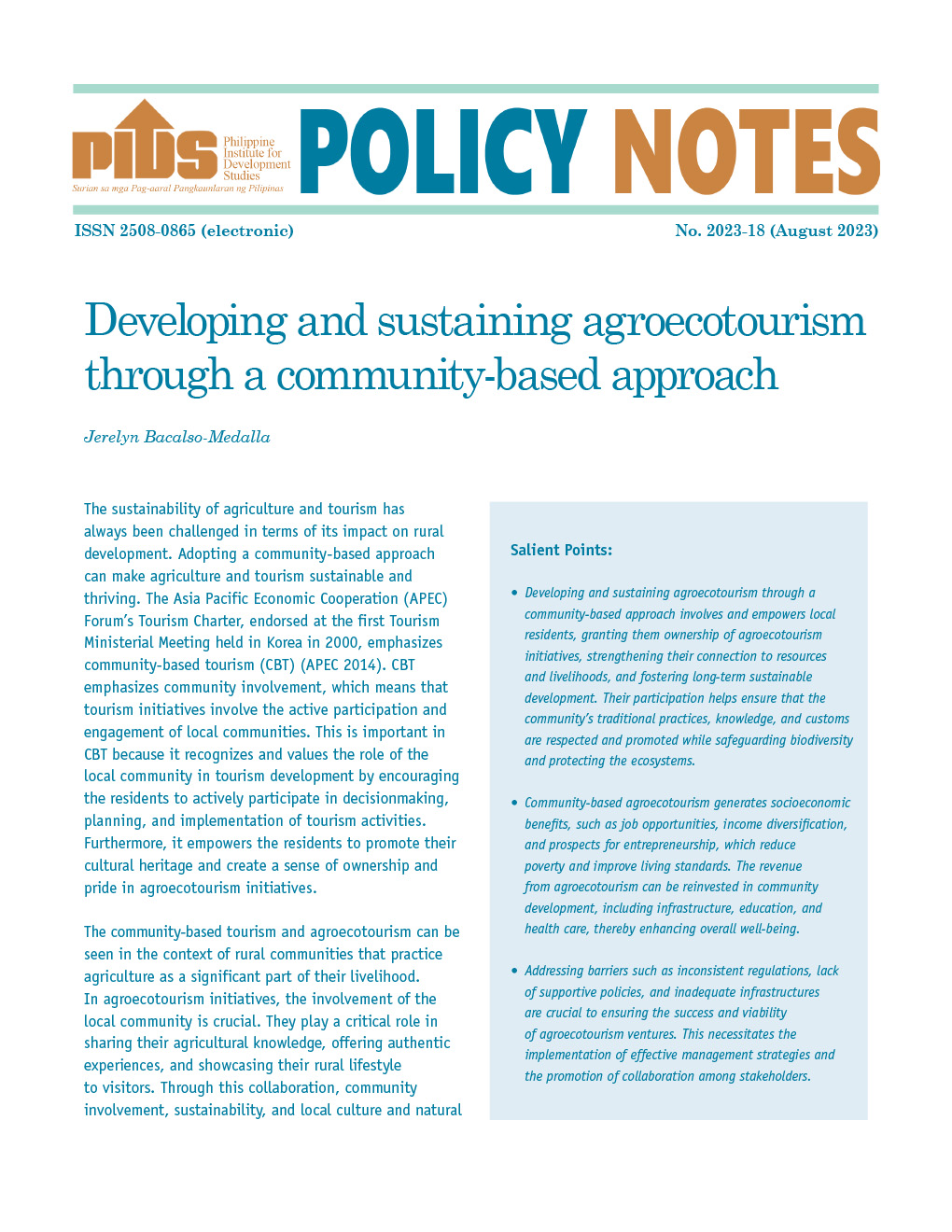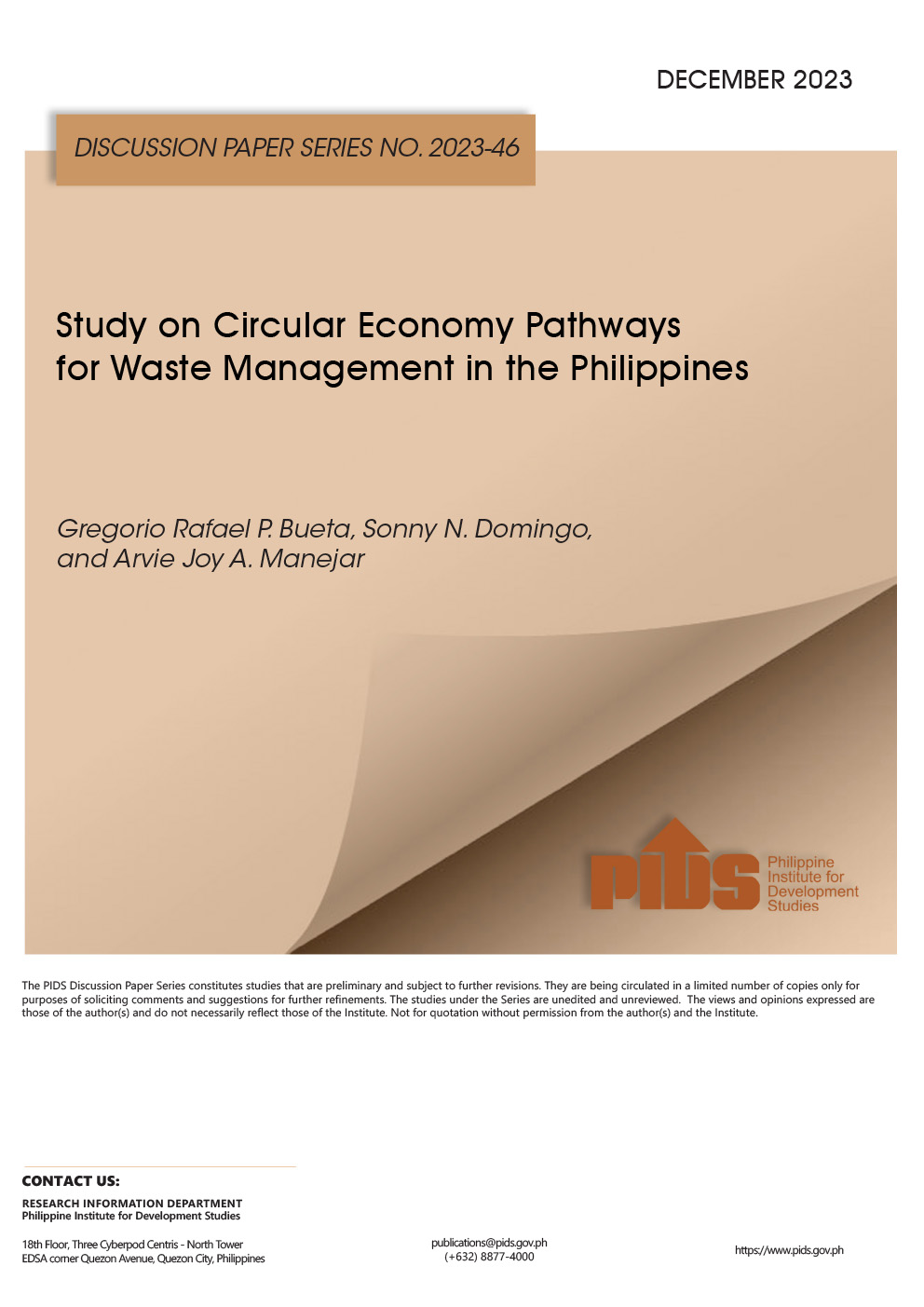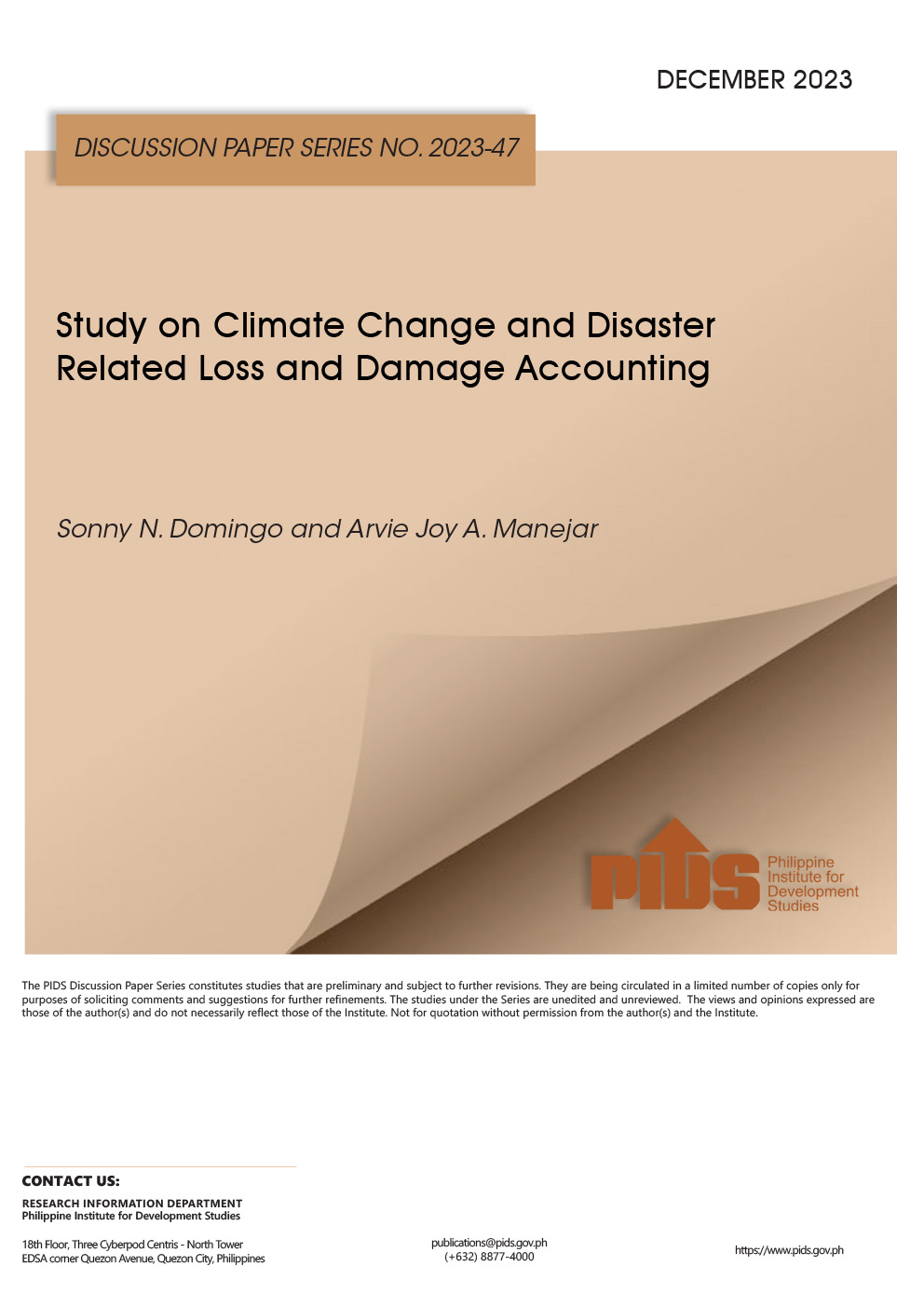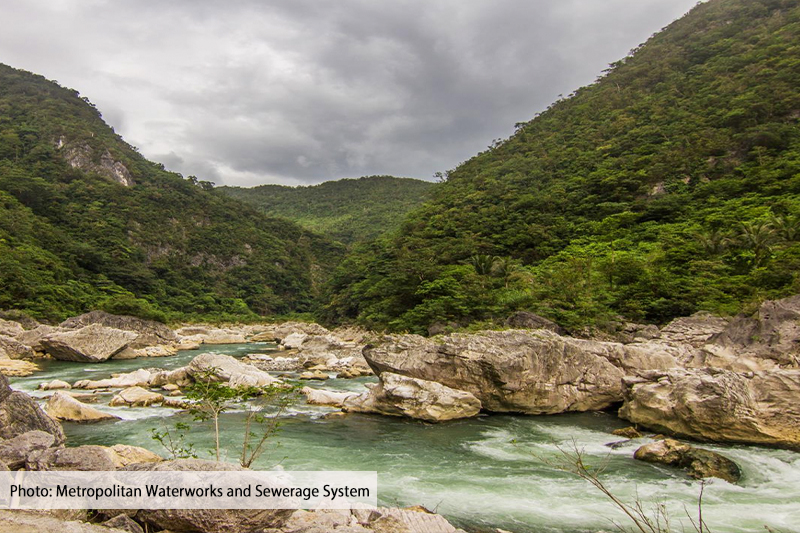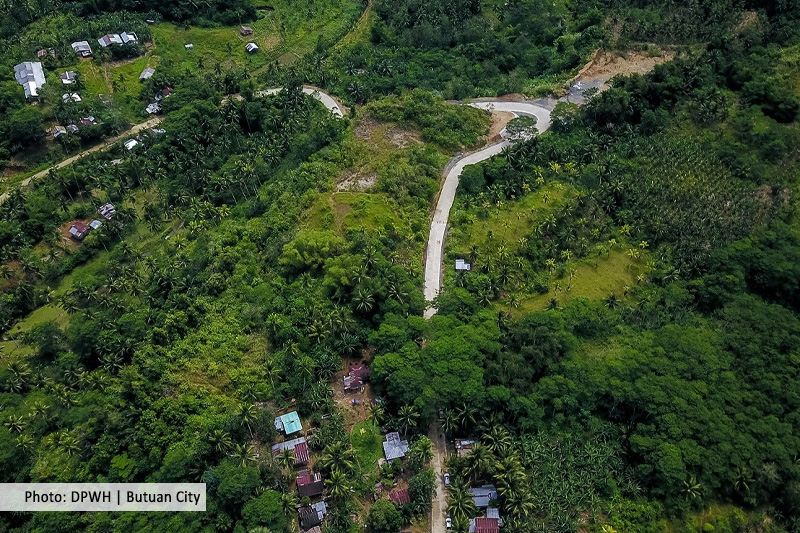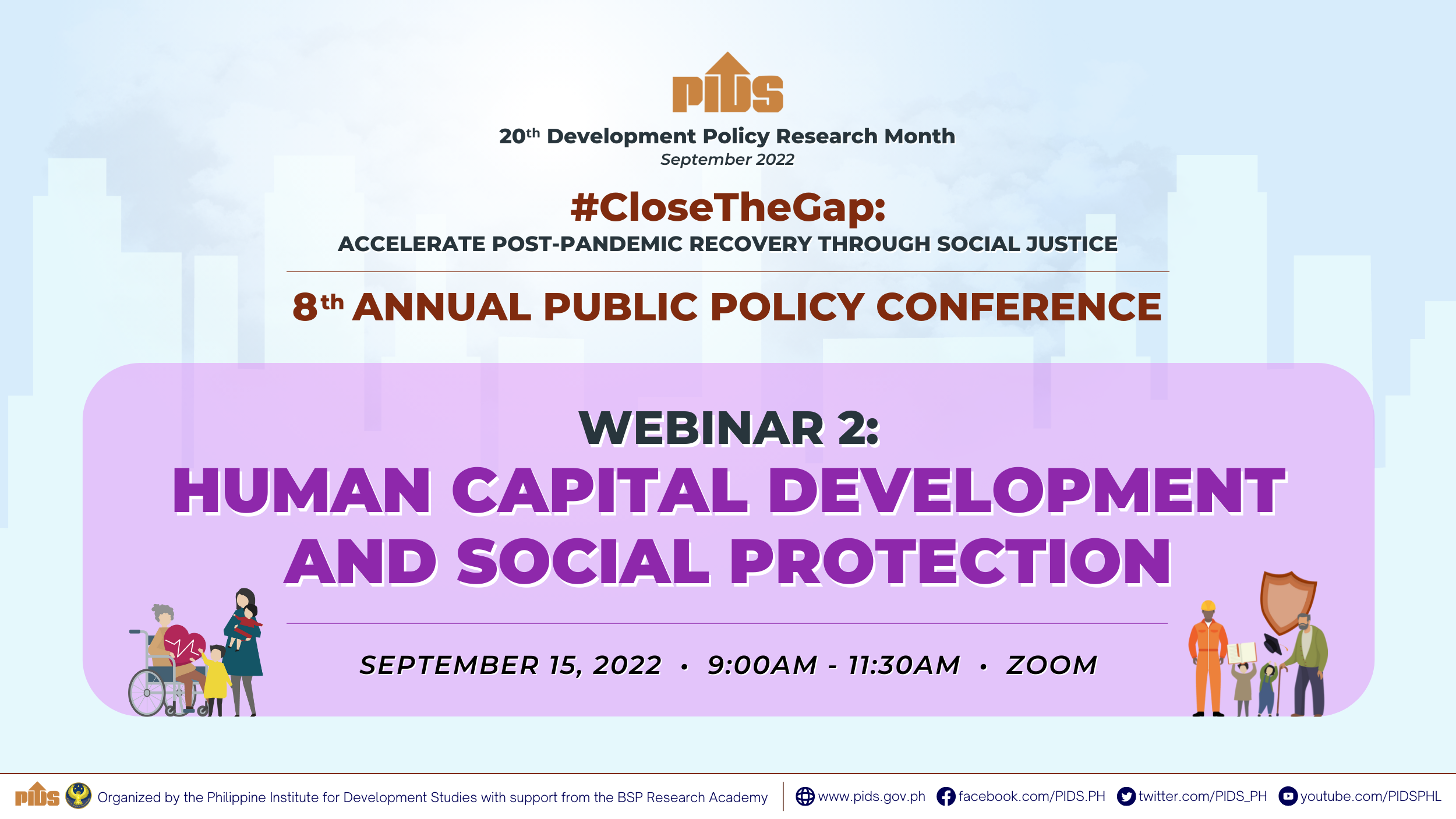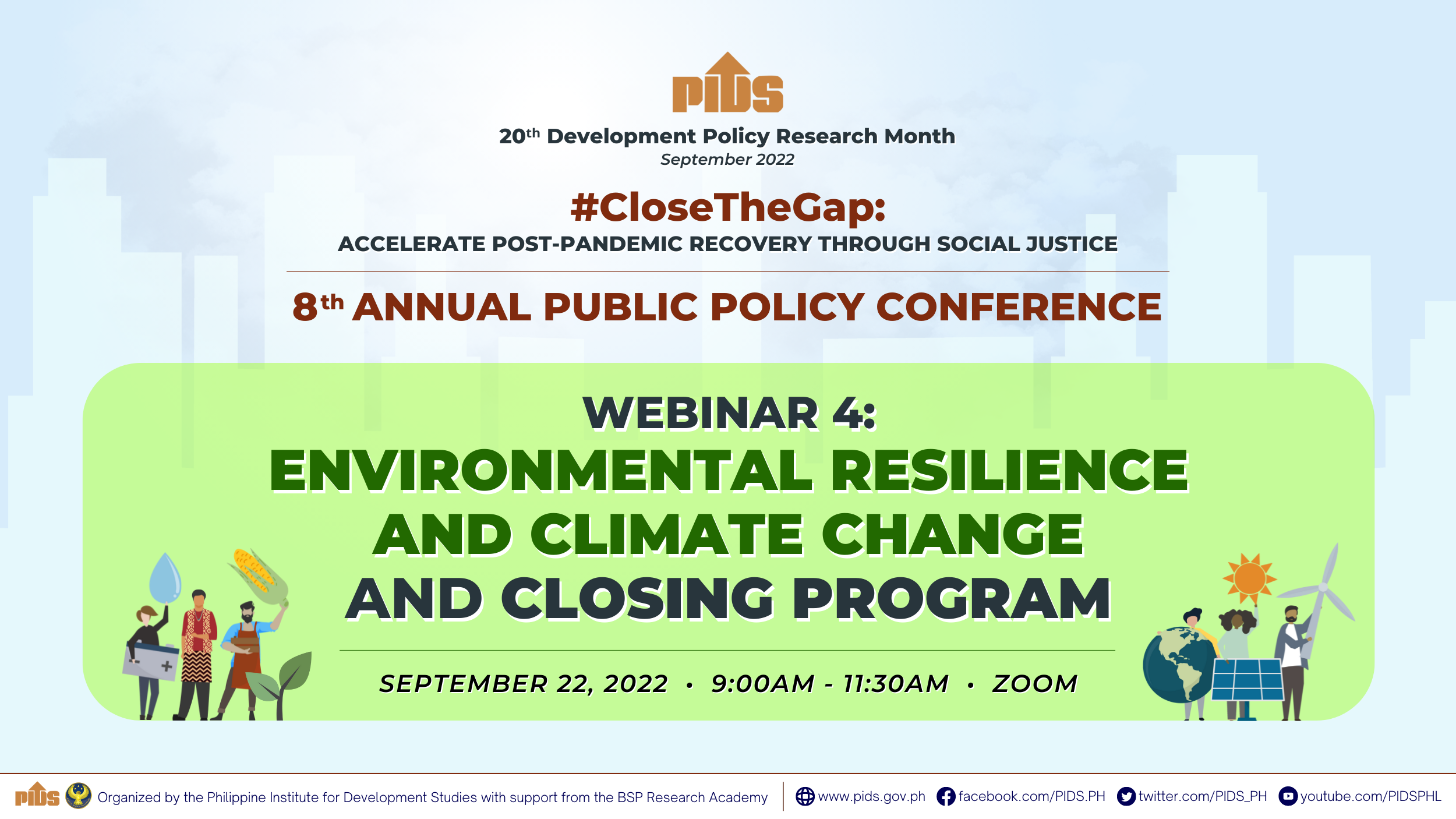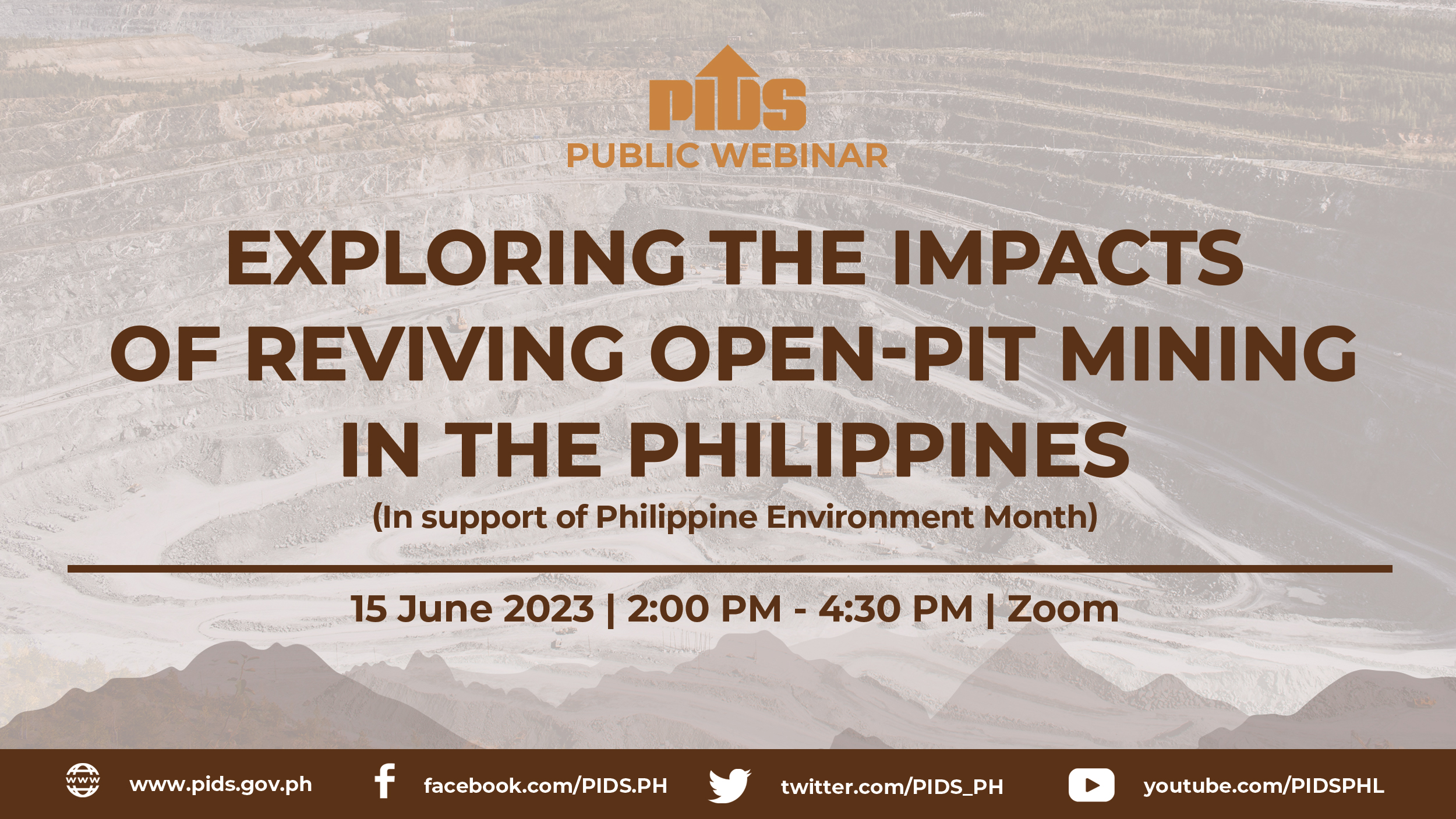THE environmental impact of open-pit mining should not pose an obstacle to the practice, which increases the efficiency of mining operations and potentially generates more funding for development, the Philippine Institute for Development Studies (PIDS) said.
“There should be no dilemma resulting in exclusive decisions from a choice between a mining project and environmental or social welfare,” it said in a policy note.
In 2021, the government lifted a four-year ban on open-pit mining.
“The ban was (imposed) for environmental reasons and supposedly to prevent perpetual liability. At the same time, the eventual lifting was justified by the prospect of economic opportunities and the existence of best practices that can mitigate environmental risks,” it added.
PIDS noted that mining industries “are destructive, regardless of the method used.”
“Compared to other mining methods (i.e., underground and offshore mining), the impacts of surface mining, which includes open-pit mining methods, on the environment and social welfare are more evident and felt by the public,” it said.
It said the risks include pollution, erosion, groundwater depletion, and water contamination.
However, it also noted that revenue from mining can “spur much-needed developmental economic activity.”
In 2021, the mining and quarrying sector accounted for P144.4 billion or 0.8% of gross domestic product.
“Based only on three prospective open-pit mining projects stalled by the ban, excise taxes from these projects can reach P11 billion annually,” it added.
PIDS said that the government should establish sustainability indicators and monitoring and evaluation platforms.
“As such, putting a monetary value on environmental or social welfare costs may not be practical. Nonmonetary environmental impact metrics and indices that are acceptable to all stakeholders have yet to be established,” it said.
“Clear-cut, acceptable, measurable, and transparent metrics must be established for approving or disapproving projects,” it added.
PIDS said metrics and performance indicators are necessary for ecological integrity, biodiversity, public health and safety, rehabilitation requirements, and benchmarking.
“Correspondingly, there is a need to standardize the monitoring procedures of performance metrics that are acceptable to all as the basis for compliance or noncompliance,” it said.
“Other subsequent laws or government-issued orders, circulars, or guidelines that aim to update existing mining-related laws (e.g., environmental, social, fiscal) must adapt to global standards, sustainable practices, and the needs of the times,” it added.

